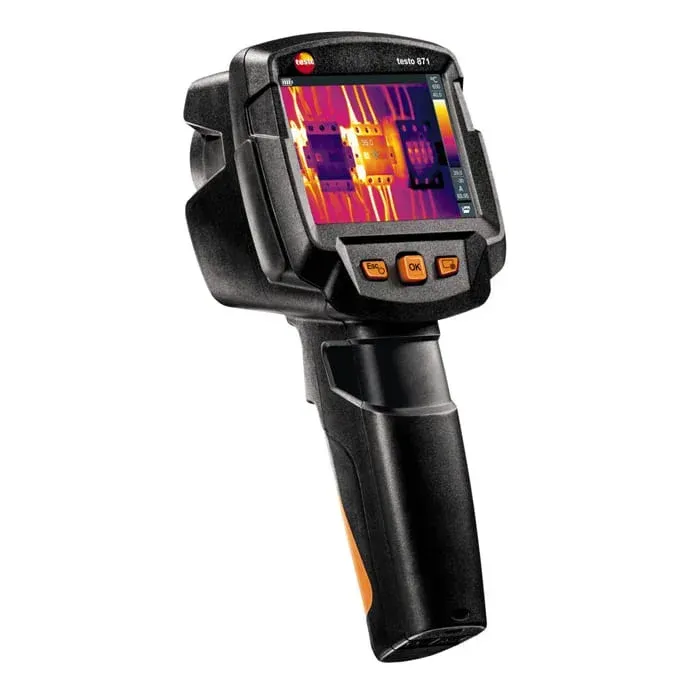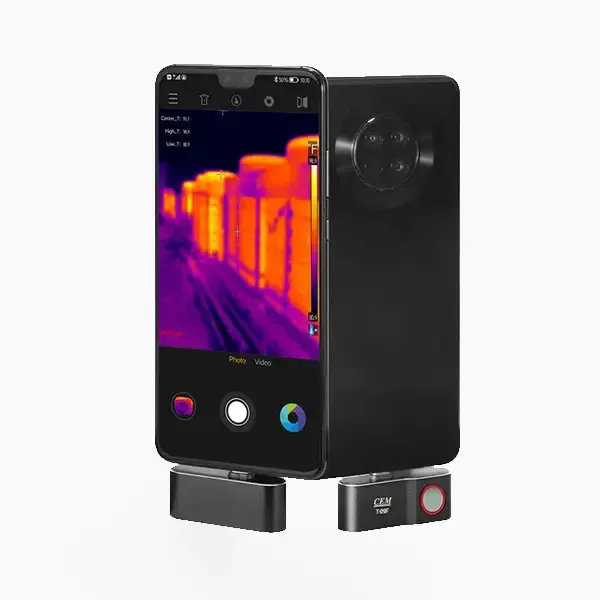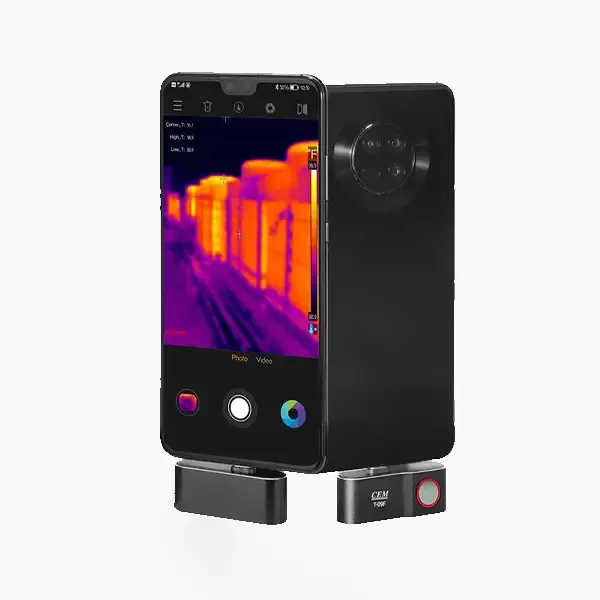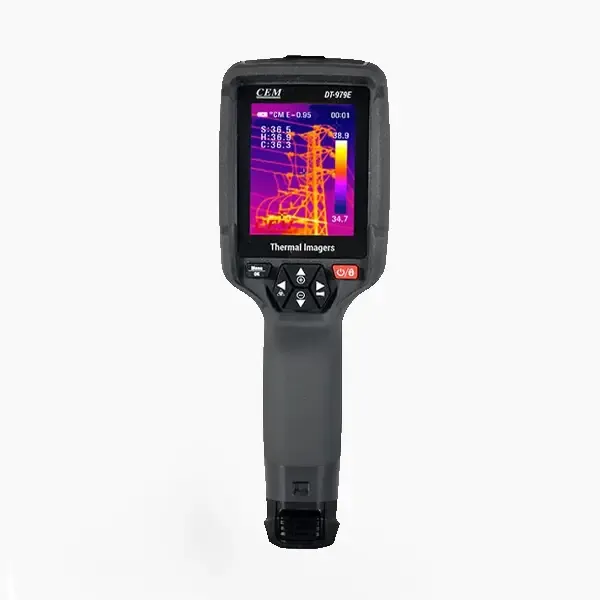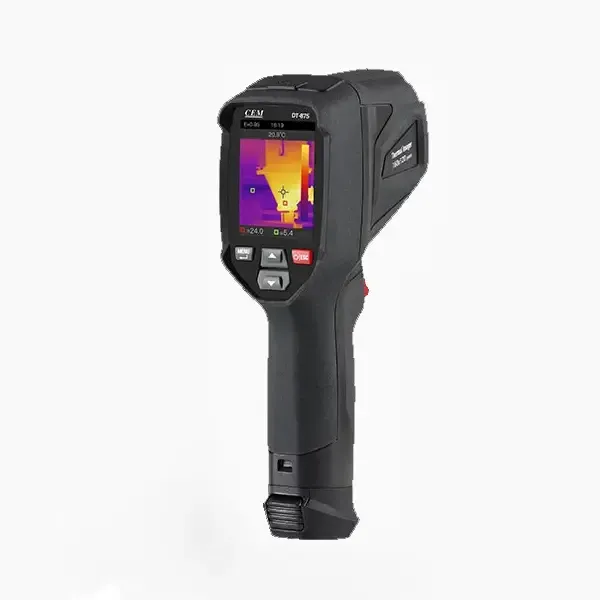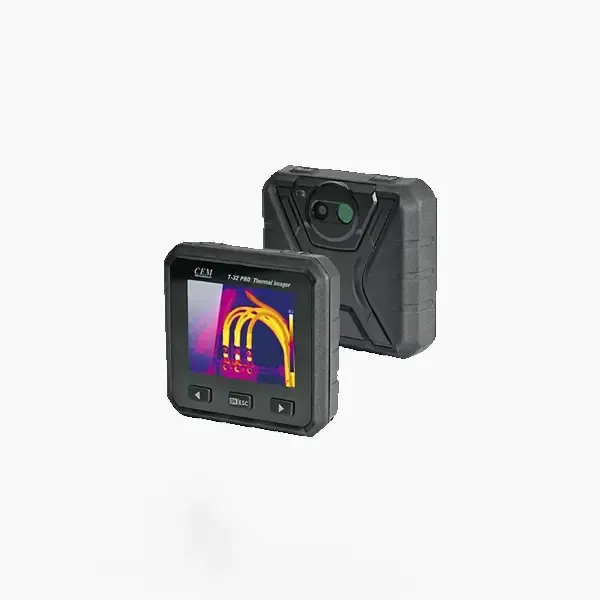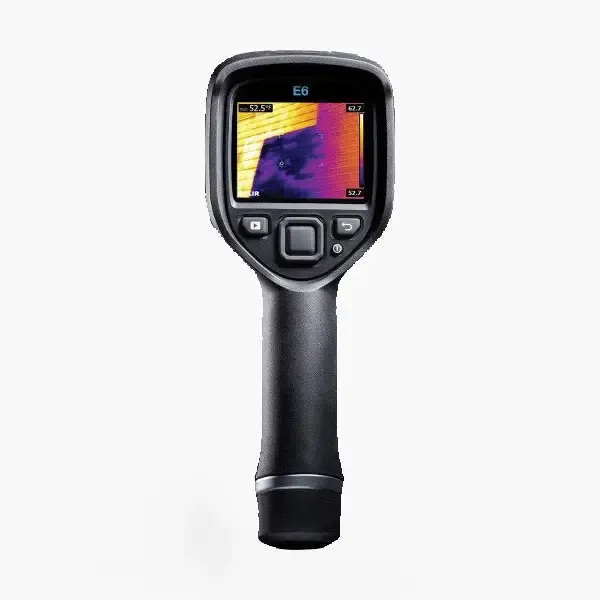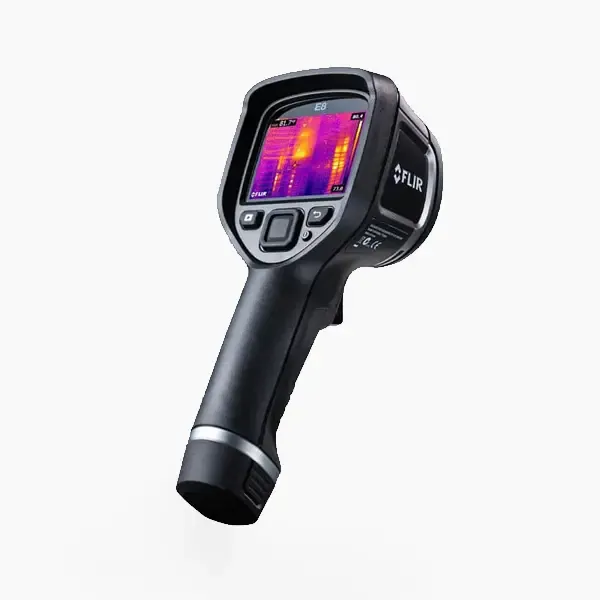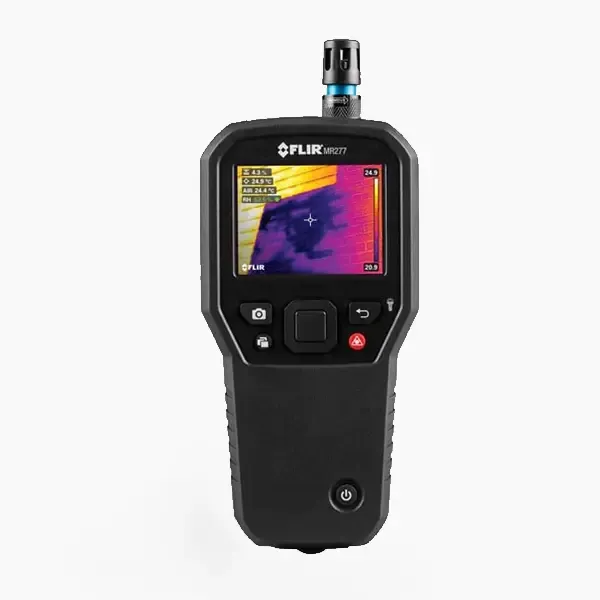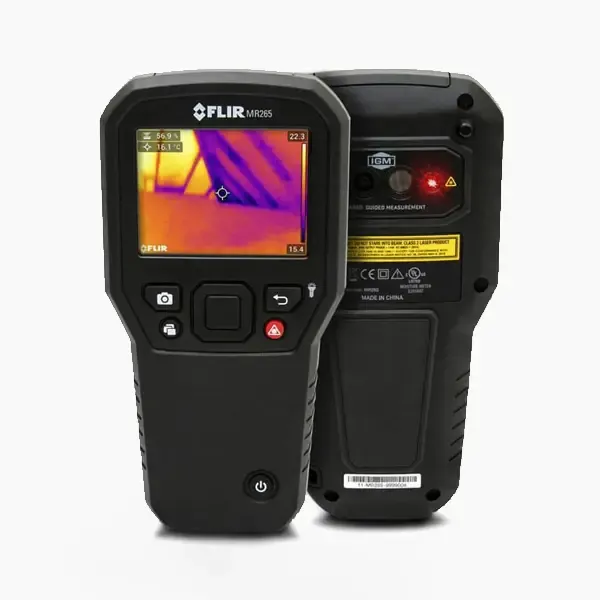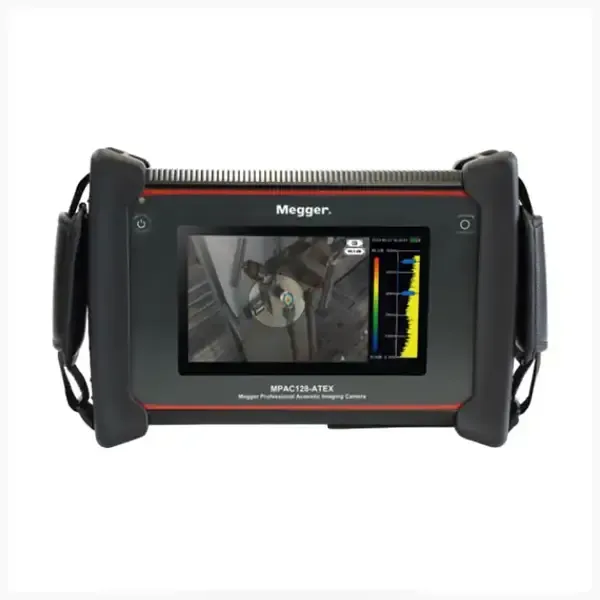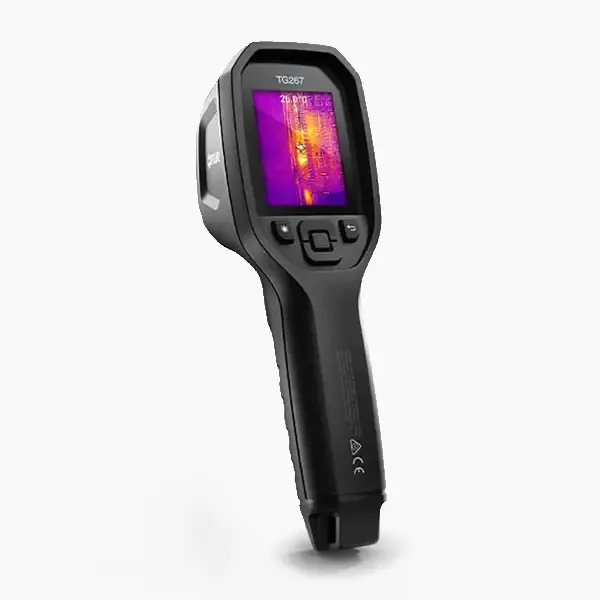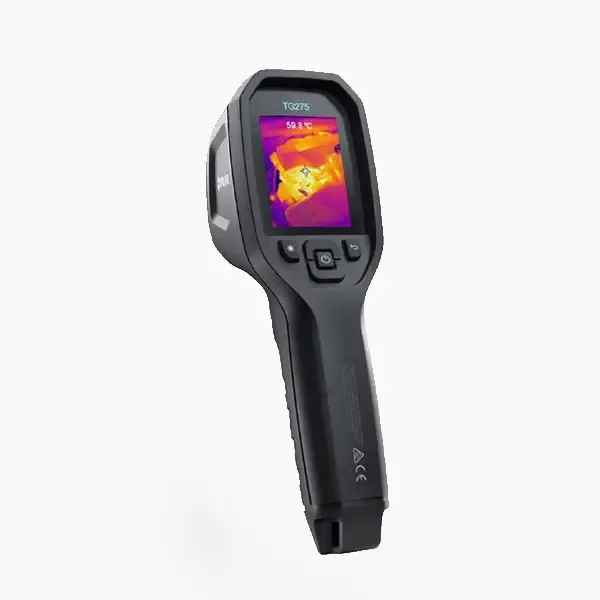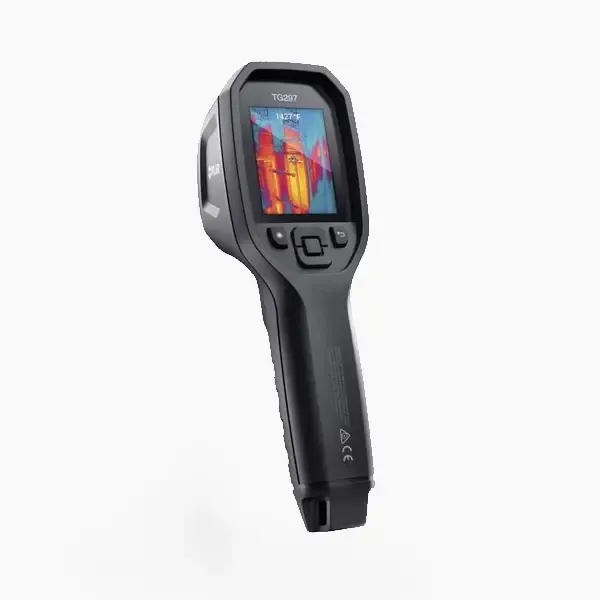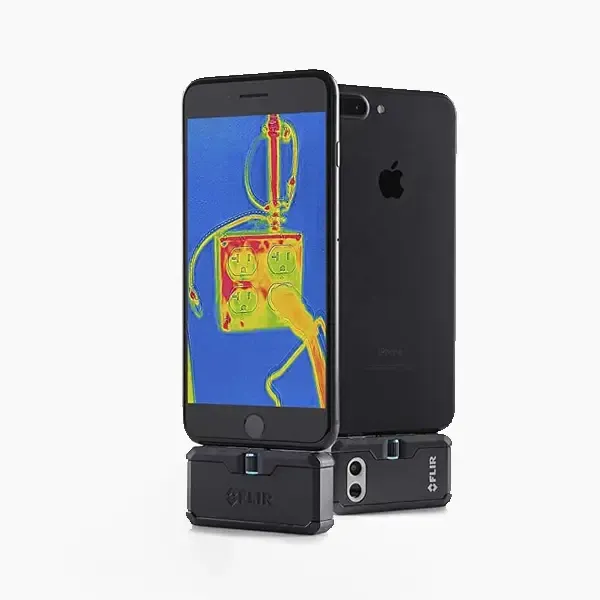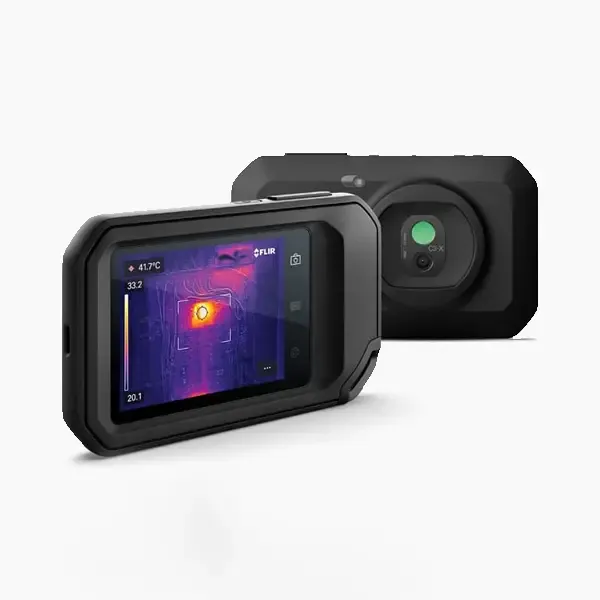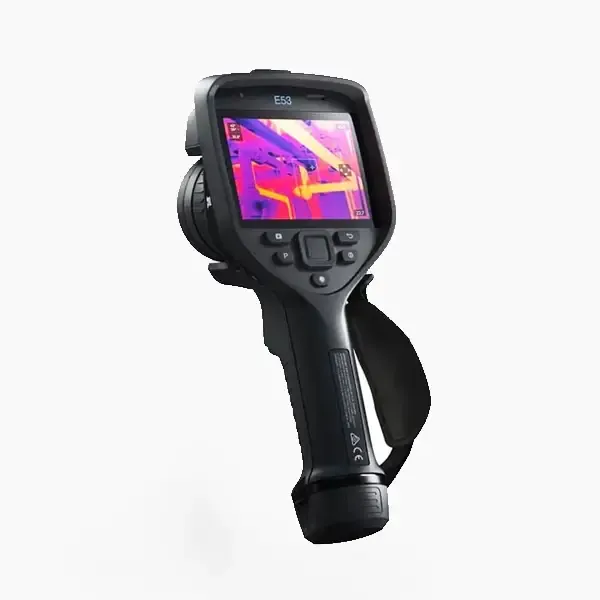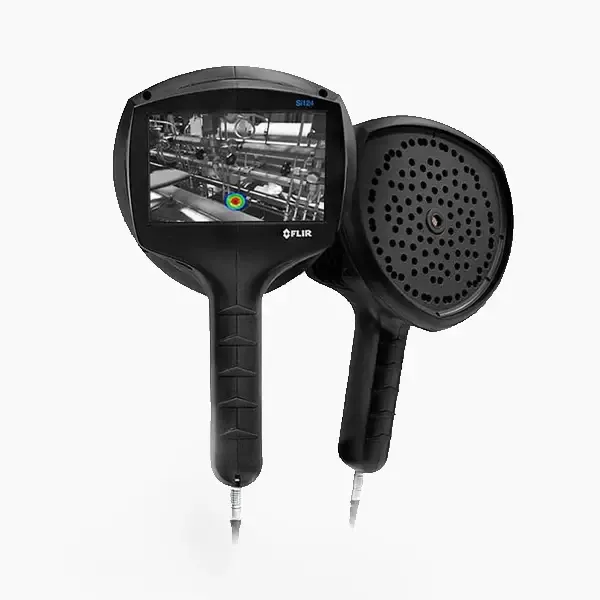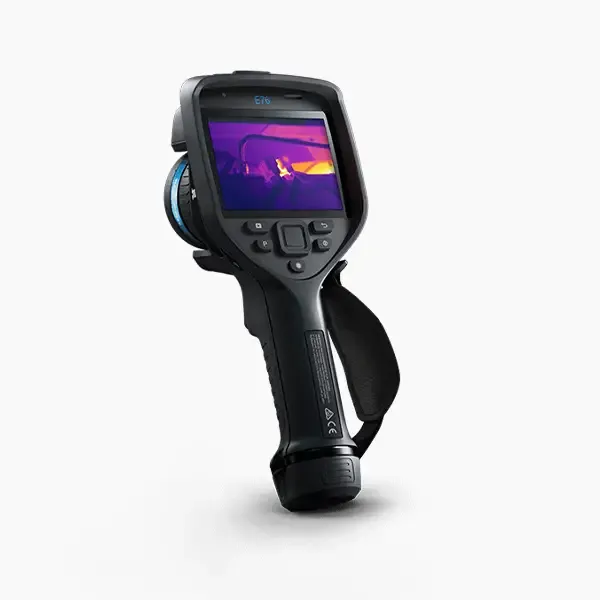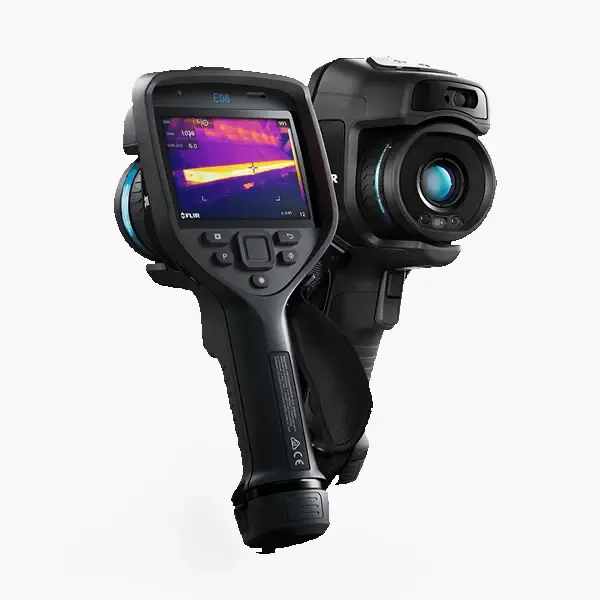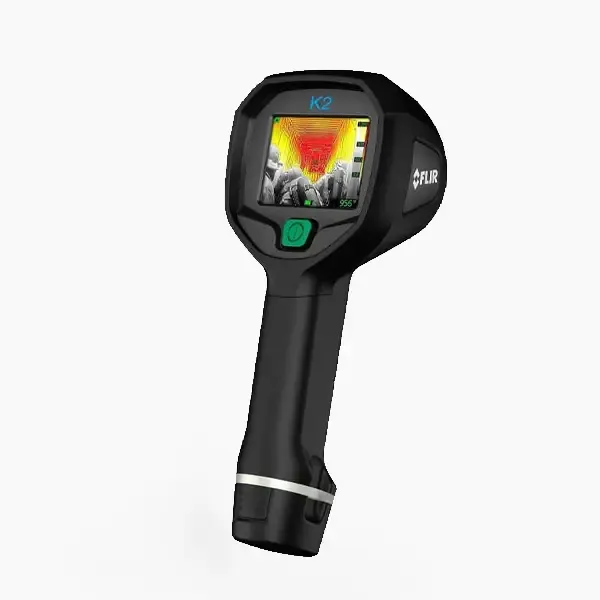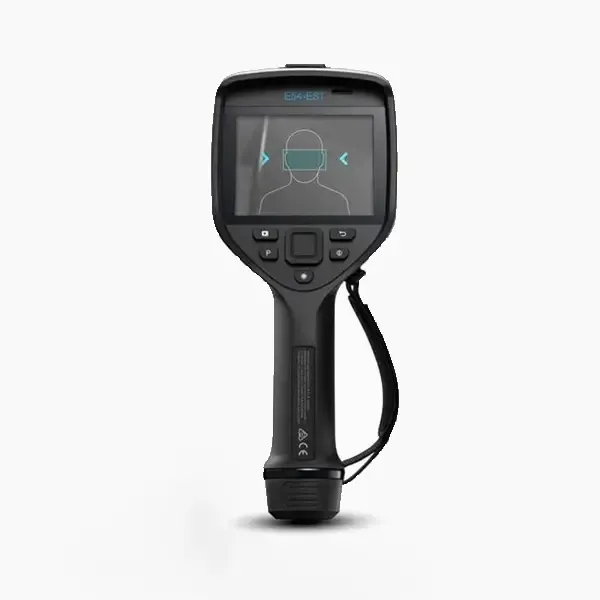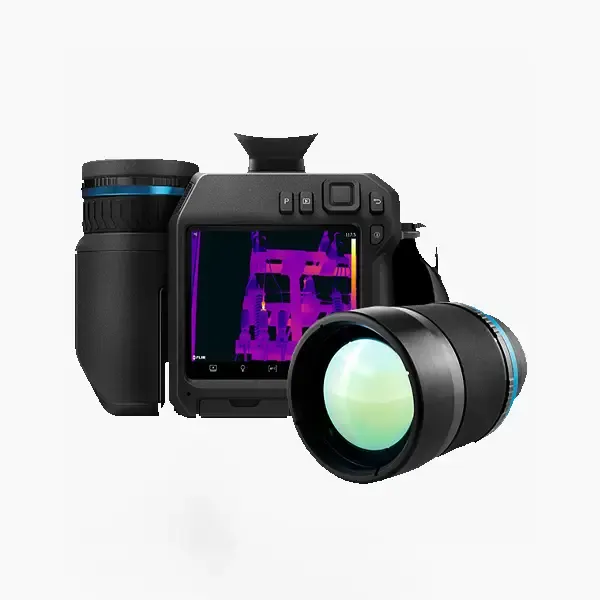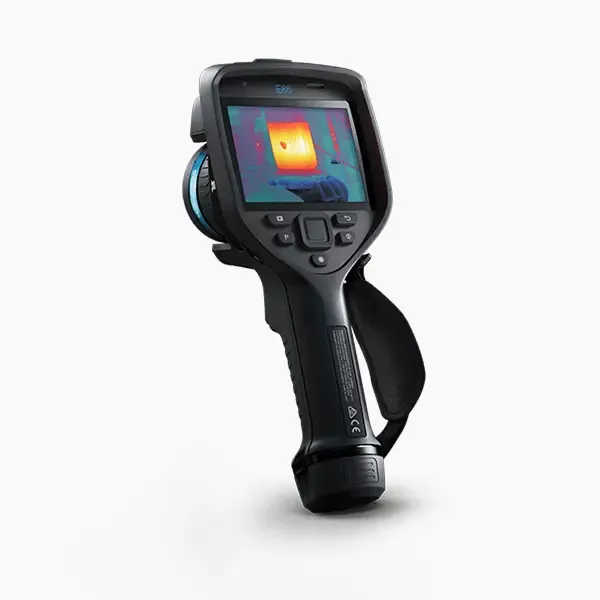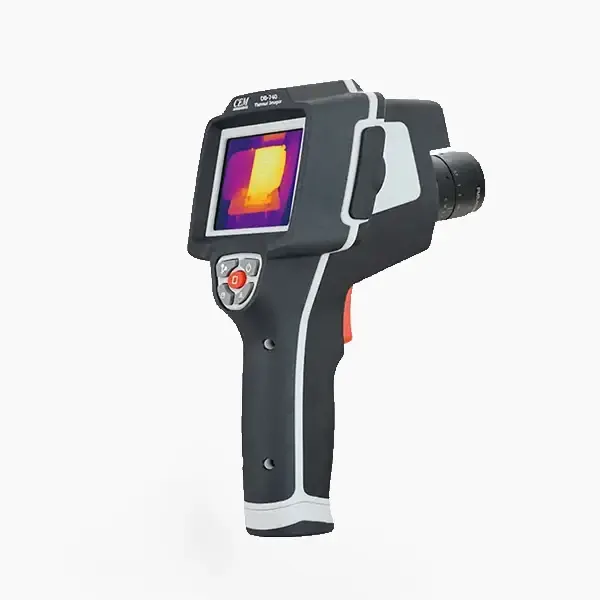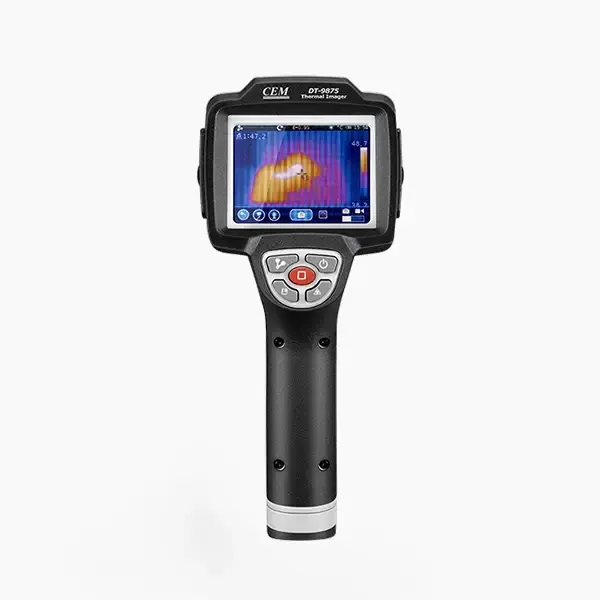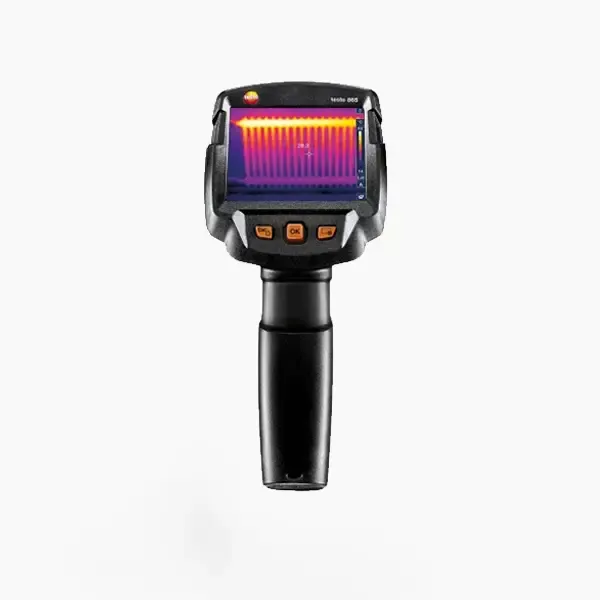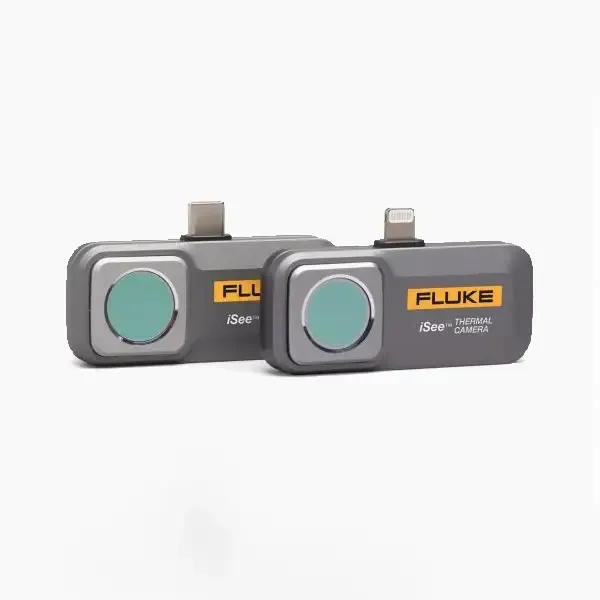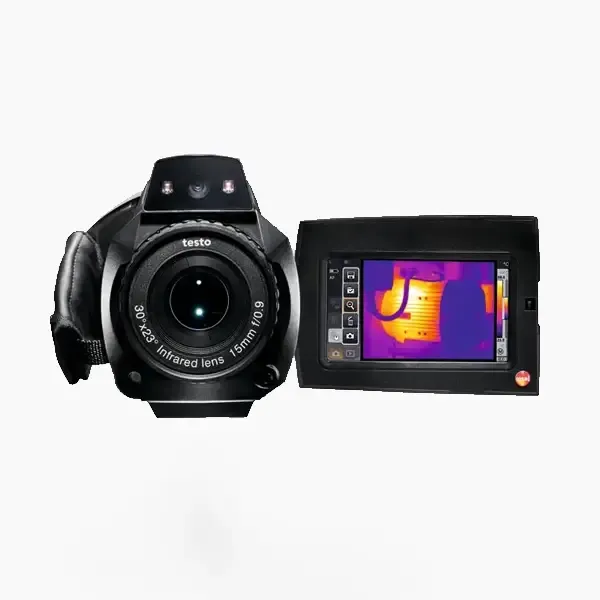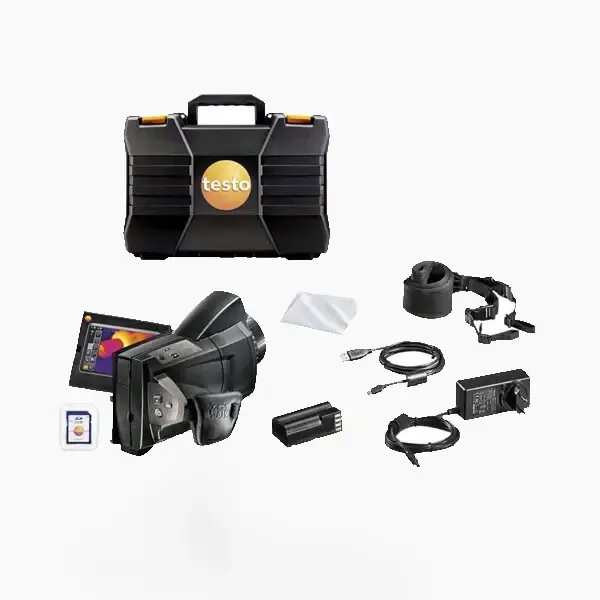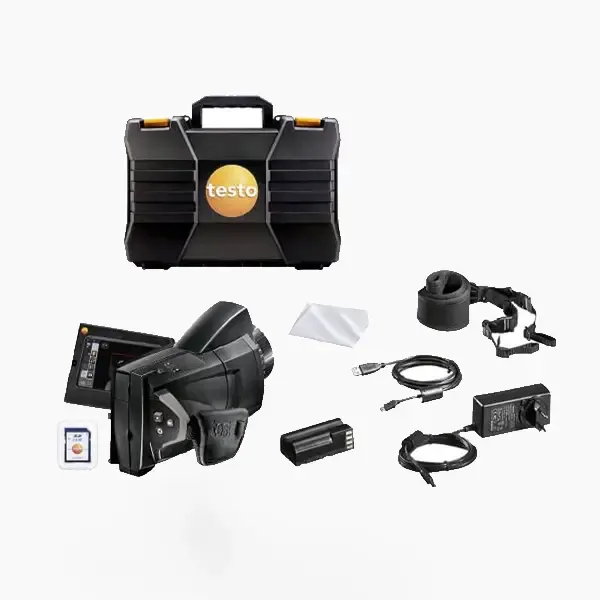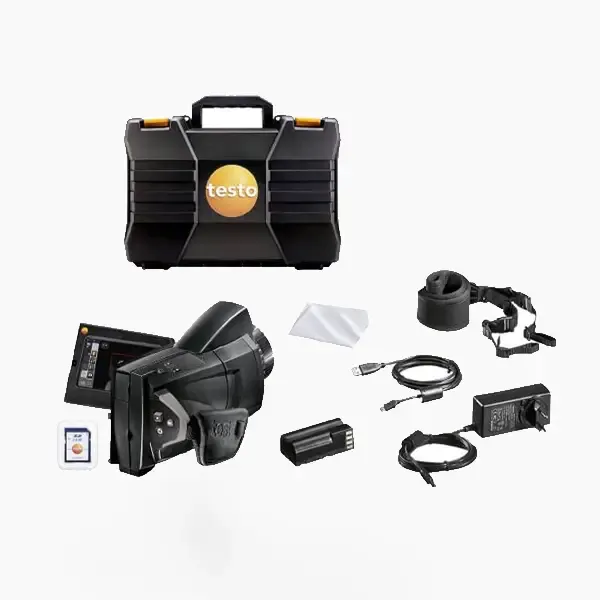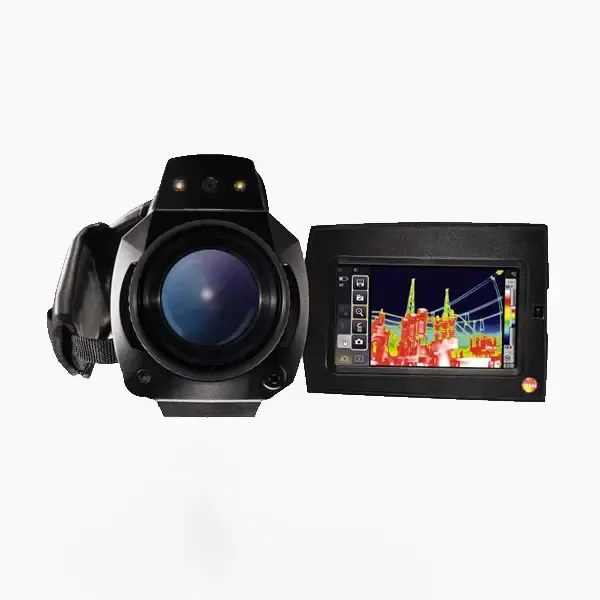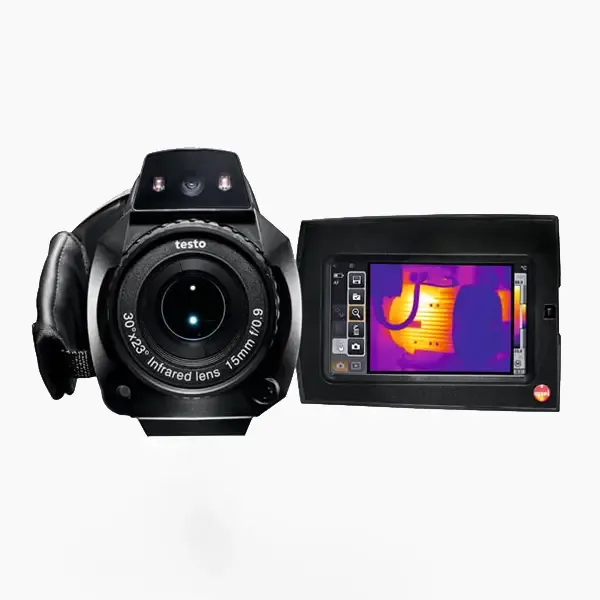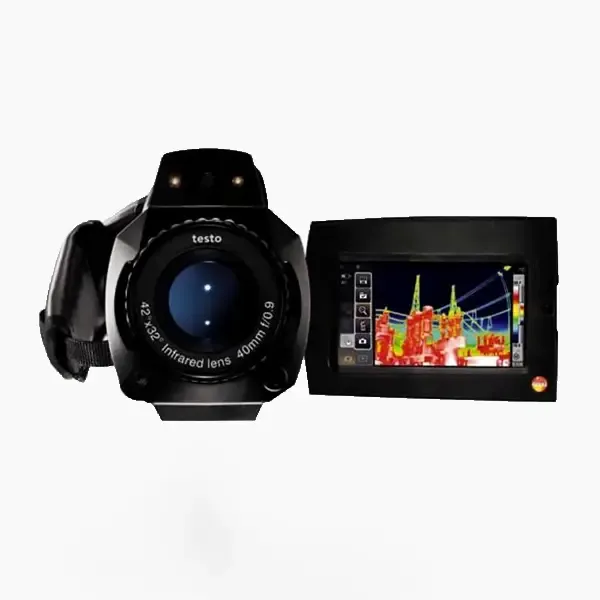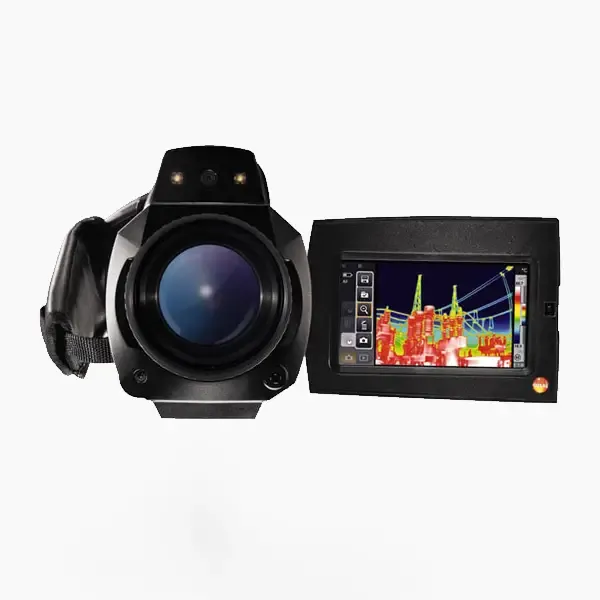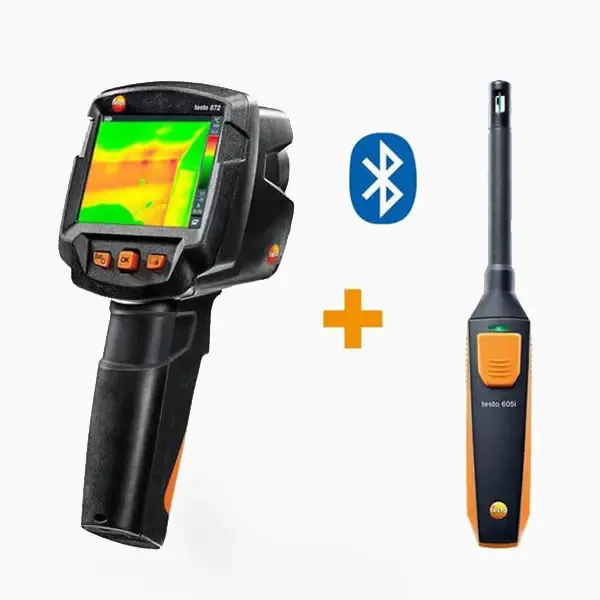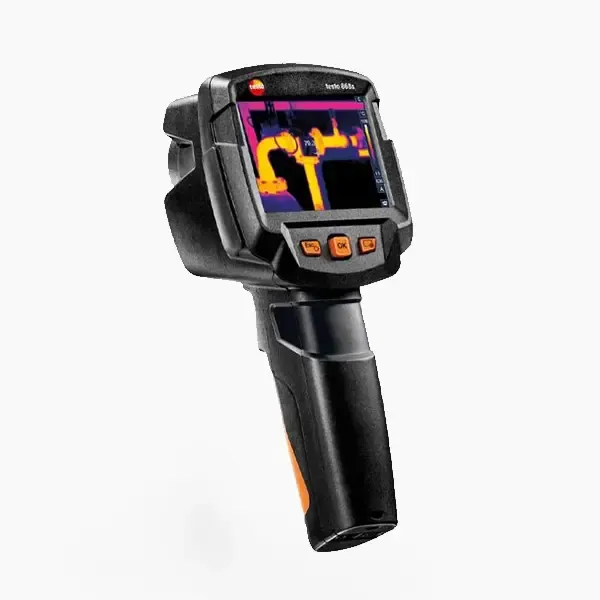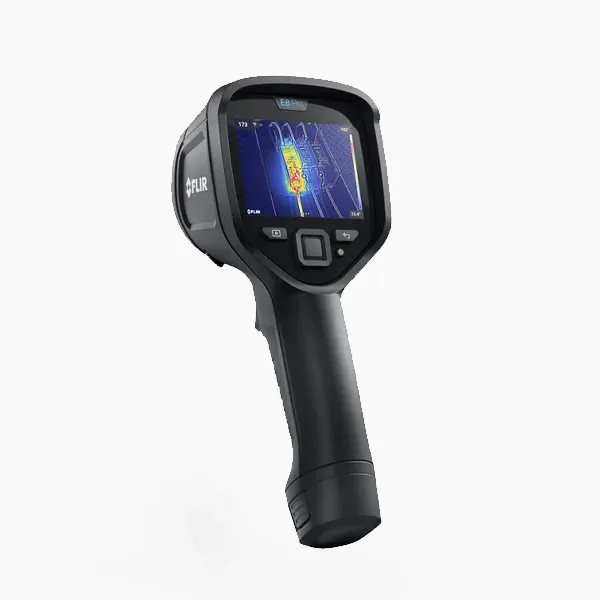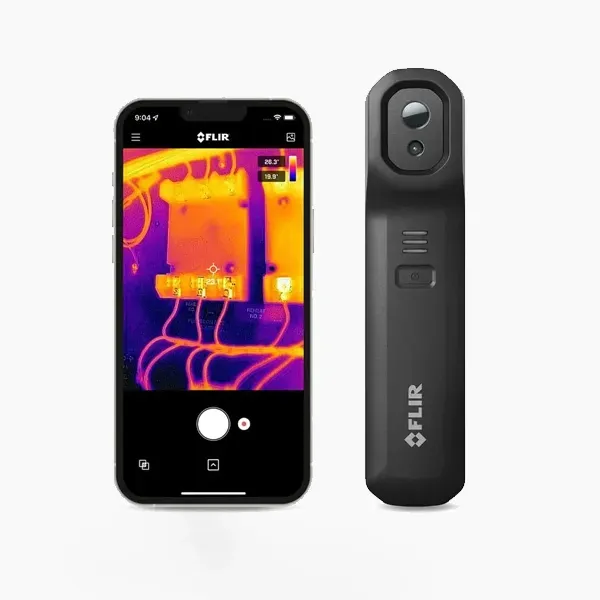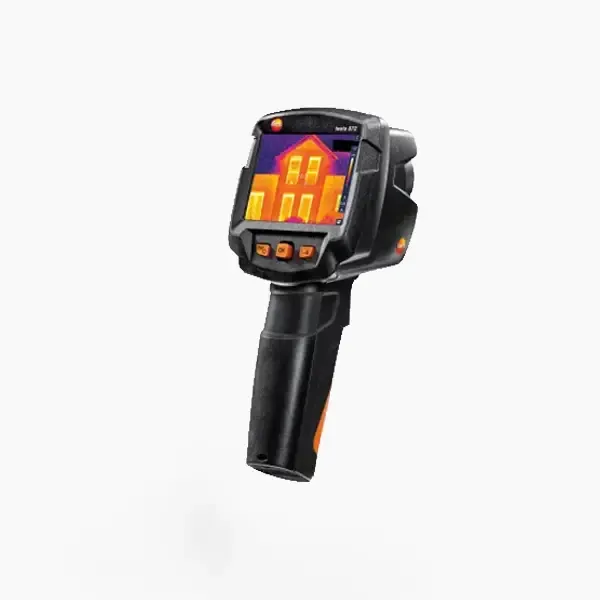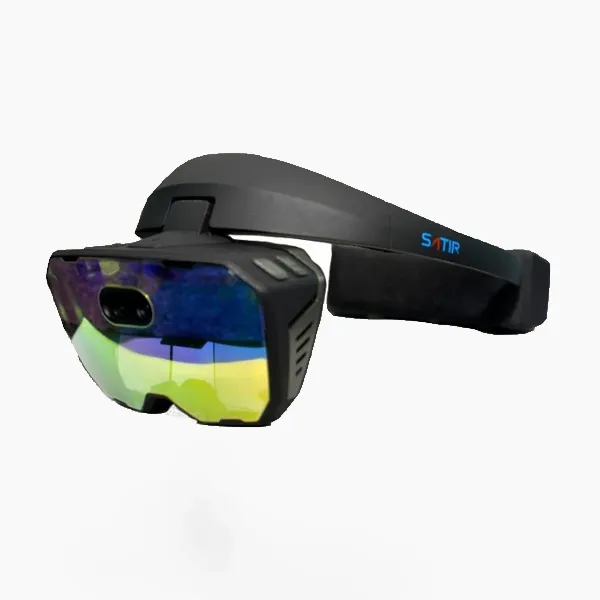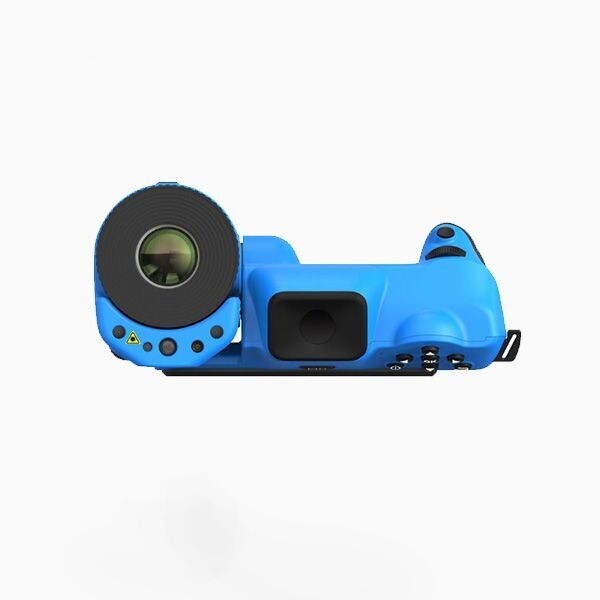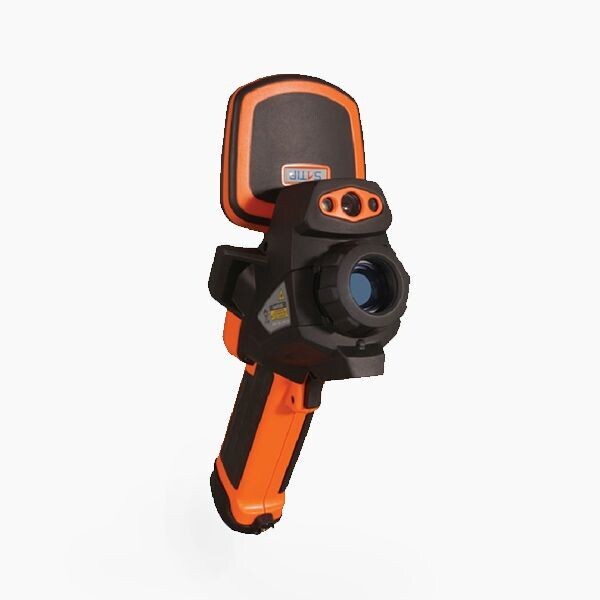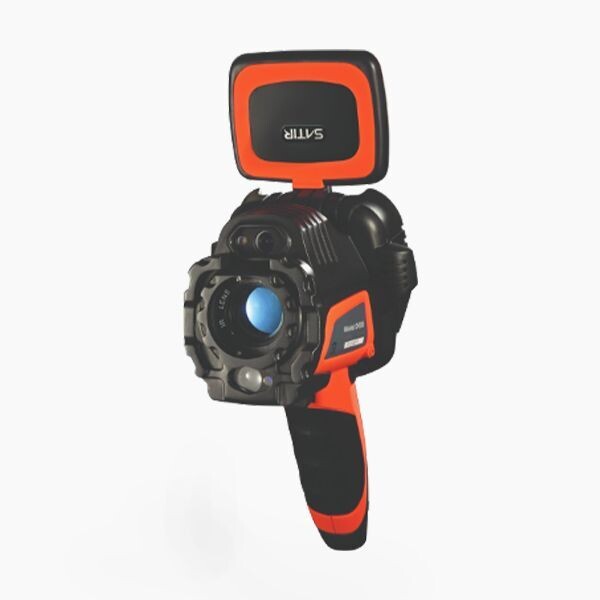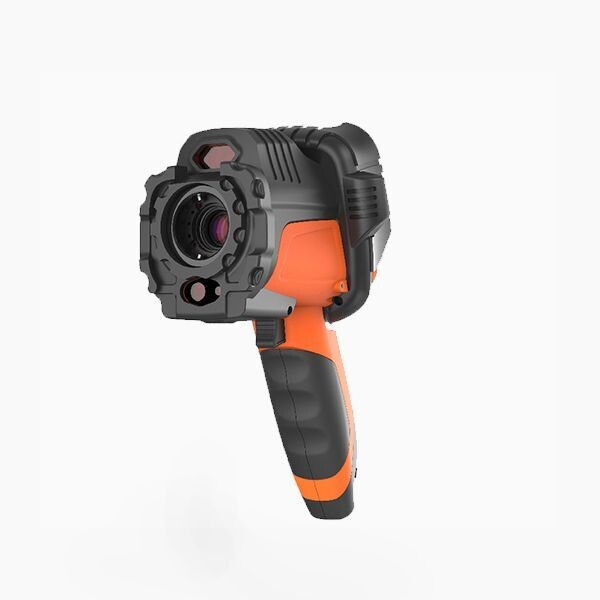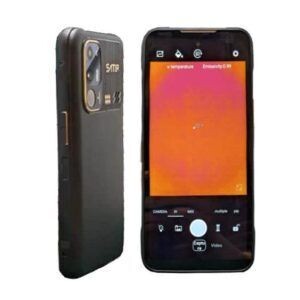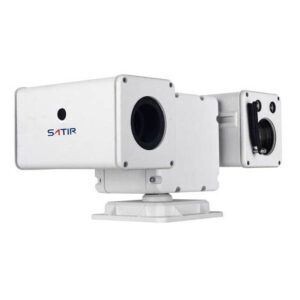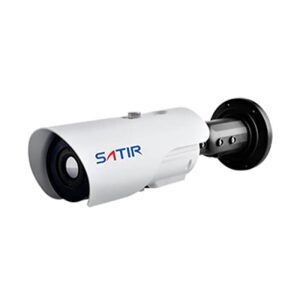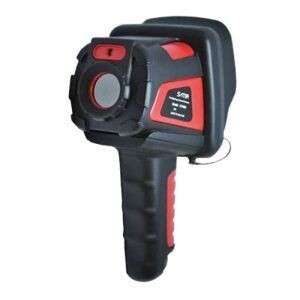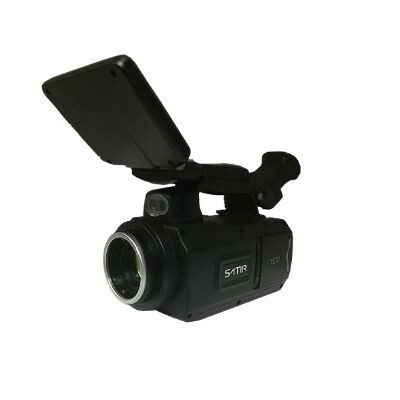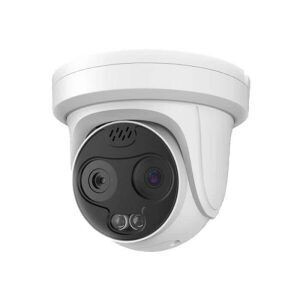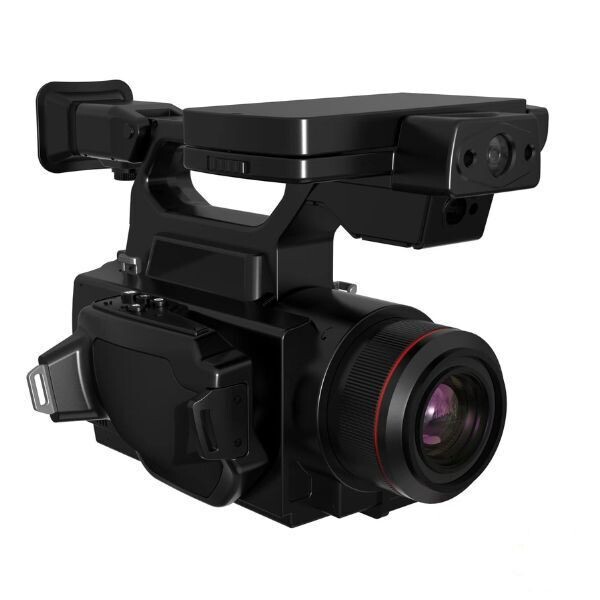Thermal Camera
What Are Thermal Cameras?
Thermal cameras, also known as infrared cameras or thermographic cameras, are devices designed to capture the infrared radiation emitted by objects. Unlike traditional cameras, which rely on visible light, thermal cameras work in the infrared spectrum, allowing them to detect heat variations.
How Do Thermal Cameras Work?
These cameras use a special sensor called a microbolometer to detect infrared radiation. When an object emits heat, it generates varying levels of infrared radiation. The microbolometer measures these variations and converts them into a visible image, with different colors or shades representing different temperatures.
Read More
The Applications of Thermal Cameras
1. Industrial Inspections
Thermal cameras are extensively used in industries for inspections. They can identify faulty equipment, detect leaks, and ensure that machinery operates within safe temperature ranges. This application has proven invaluable in preventing accidents and minimizing downtime.
2. Search and Rescue
In search and rescue missions, thermal cameras excel at locating missing persons. They can detect body heat even in challenging environments, such as dense forests or during nighttime operations.
3. Building Inspections
When it comes to assessing the energy efficiency of buildings, thermal cameras are essential tools. They can identify areas with poor insulation, leaking windows, or electrical problems, helping homeowners save on energy costs.
4. Wildlife Observation
Biologists and researchers use thermal cameras to study wildlife behavior, especially nocturnal animals. These cameras enable them to observe animals without disturbing their natural habitat.
5. Medical Diagnosis
In the medical field, thermal cameras have applications in diagnosing diseases. They can detect variations in body temperature, which may indicate potential health issues.
FAQs
1. Are thermal cameras only used for detecting heat?
No, while thermal cameras excel at detecting heat, they can also be used for various other applications, including medical diagnosis and wildlife observation.
2. How do thermal cameras differ from night vision cameras?
Thermal cameras detect heat, whereas night vision cameras amplify existing light, allowing you to see in the dark.
3. Can I use a thermal camera at home for energy efficiency checks?
Yes, thermal cameras are increasingly being used for home inspections to identify areas of energy loss.
4. Are thermal cameras safe for medical diagnosis?
Yes, thermal cameras are non-invasive and safe for medical use, often employed to detect variations in body temperature.
5. What are some upcoming innovations in thermal camera technology?
We can expect advancements in resolution, AI integration, and the incorporation of augmented reality features in future thermal cameras.




